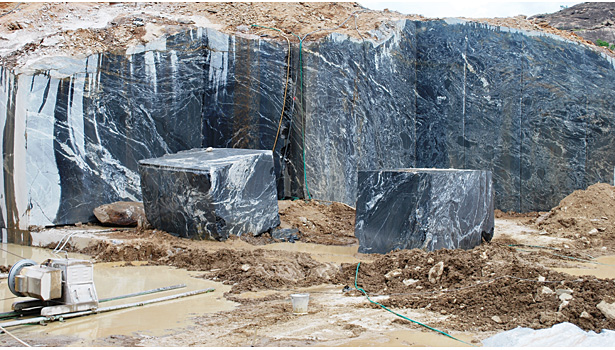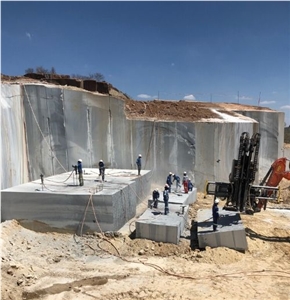Discovering Granite Quarries in South Africa: A Comprehensive Guide
Discovering Granite Quarries in South Africa: A Comprehensive Guide
Blog Article
Unveiling the Mysteries of Granite Quarrying: Where Stamina and Style Meet
The world of granite quarrying is a realm where the raw stamina of nature merges with human creativity to produce frameworks that stand the examination of time with an air of beauty. From the depths of quarries to the careful sprucing up in workshops, the process of transforming granite into building wonders is a complicated dance of custom and advancement. As we peer right into the midsts of this old craft, we begin to uncover the covert ins and outs that form the really significance of our built environment.
The Origins of Granite Quarrying
In the annals of architectural history, the origins of granite quarrying are shrouded in a tapestry of ancient craftsmanship and geological wonders. Going back to old Egypt and Mesopotamia, the removal of granite from quarries noted the start of a trip that would eventually bring about the production of some of the globe's most iconic structures.
Granite quarrying's origins can be traced to the competent craftsmens who acknowledged the stone's sturdiness and aesthetic charm. Through a combination of primitive tools and large resolution, these very early quarry workers unearthed granite blocks that would certainly come to be the structure blocks of human beings.
As human beings advanced, so did the strategies of quarrying granite. The Romans, renowned for their design prowess, developed advanced approaches for removing granite to create monoliths, temples, and roads that stood the examination of time.
The heritage of these ancient quarrying practices remains to form contemporary architecture, with granite remaining an icon of toughness and beauty in construction projects around the world. (granite quarries in south africa)
Tools of the Quarrying Trade
The advancement of granite quarrying methods from ancient human beings to contemporary times highlights the vital role played by the tools of the quarrying trade in forming the market's practices. In old times, quarrying tools were primary, commonly including chisels, hammers, and wedges made from products like bronze or iron. These tools called for considerable workforce and time to essence granite blocks from quarries.

Furthermore, the introduction of pneumatically-driven devices and high-powered machinery has actually considerably decreased the physical labor needed in quarrying procedures, improving worker security and efficiency. As the quarrying market remains to innovate, the tools of the profession remain at the center of driving progression and forming the future of granite extraction.
Extracting Blocks of Granite
Making use of precision machinery and progressed techniques, the removal of visit homepage granite blocks from quarries has actually ended up being a sophisticated procedure in the modern-day quarrying market. Controlled blasting methods are after that utilized to damage apart the granite into manageable areas.

Sprucing Up and Completing Techniques
To attain a flawless surface area on granite blocks, skilled craftsmens use a series of careful polishing and completing strategies. After the initial extraction and Check This Out shaping procedures, the granite blocks go through a detailed polishing stage to boost their natural charm and longevity.
In enhancement to sprucing up, ending up strategies are used to additional fine-tune the granite's appearance. By thoroughly selecting and applying these polishing and ending up strategies, craftsmens can change raw granite blocks into beautiful pieces that display both toughness and sophistication.

Environmental Influence and Sustainability
With the growing emphasis on environmental awareness in the sector, granite quarrying practices are increasingly inspected for their influence on all-natural sources and lasting sustainability. In addition, the transportation of granite from quarries to i loved this processing facilities produces carbon discharges, further contributing to environmental deterioration.
To alleviate these influences and ensure sustainability in granite quarrying, industry stakeholders are adopting various steps. Carrying out innovative modern technologies to lower power intake and water use, redeeming quarried land for eco-friendly restoration, and promoting responsible sourcing techniques are some strategies being used. Furthermore, certifications such as the Woodland Stewardship Council (FSC) and the Management in Power and Environmental Layout (LEED) aid customers determine eco-friendly granite products.
Final Thought
To conclude, granite quarrying is a process that calls for specialized devices and techniques to remove blocks of granite and polish them to a high level of coating. While the environmental impact of quarrying can be significant, initiatives are being made to improve sustainability practices in the sector. Overall, granite quarrying is a fragile balance in between utilizing the toughness and sophistication of this natural stone while minimizing its influence on the environment.
Report this page